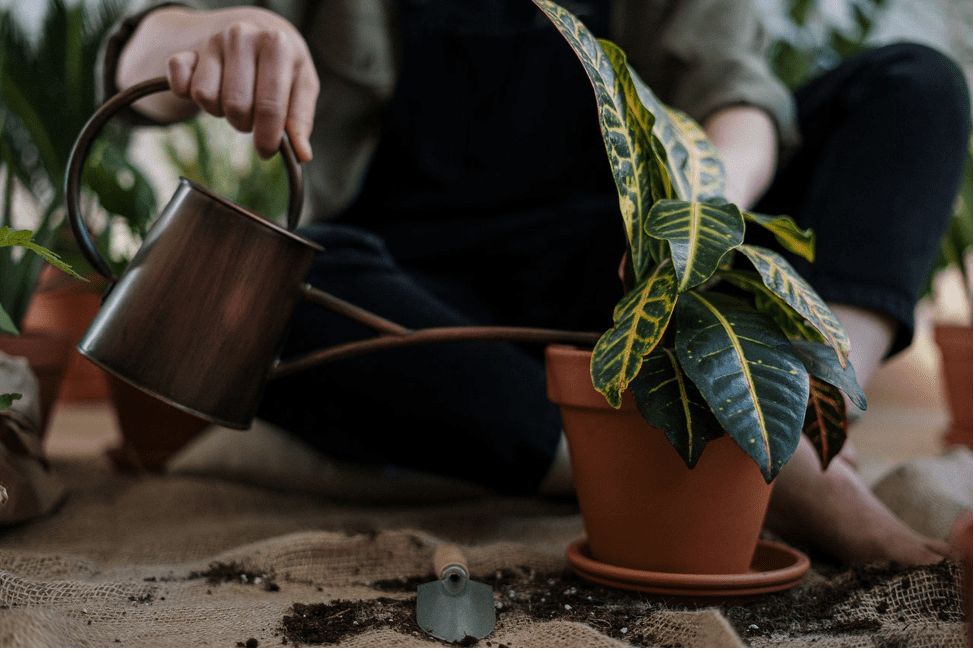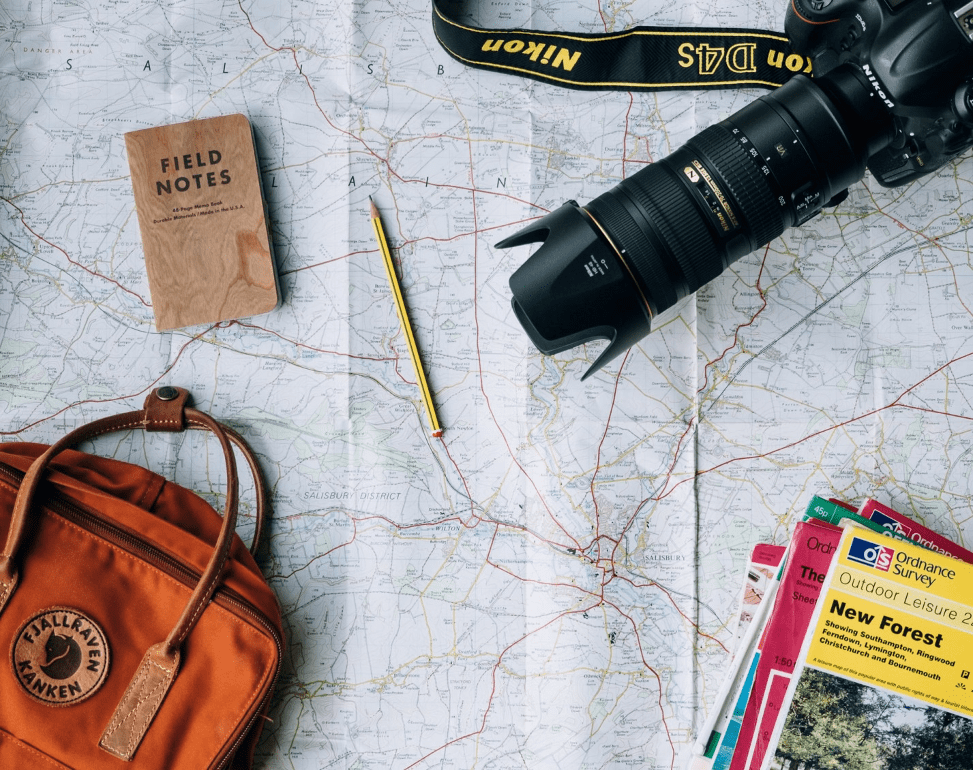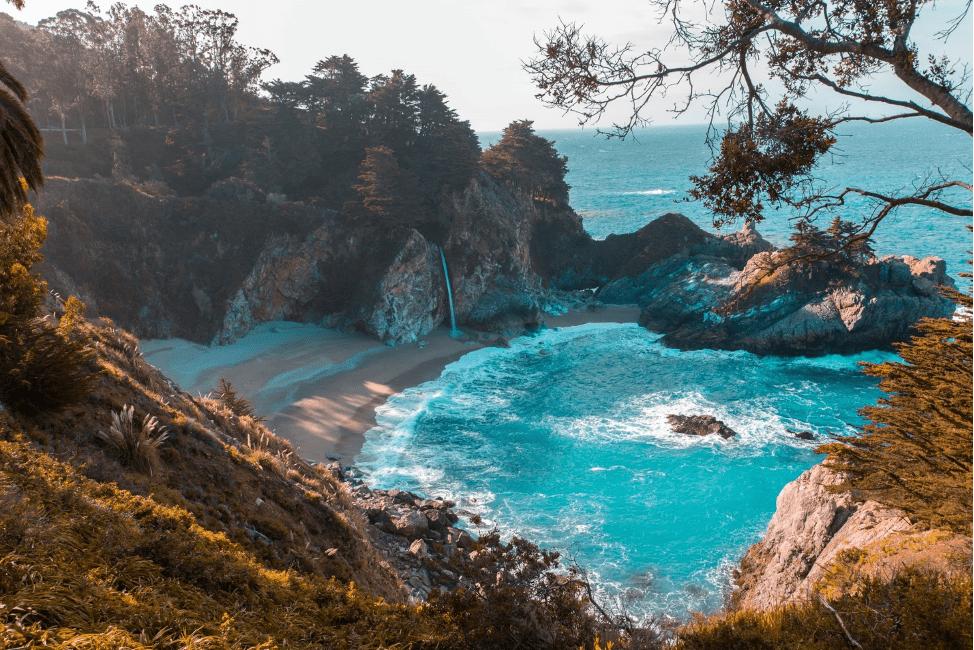All of you are happy in your lives, going to school, working, chilling at the bar, and lazing in your beds, right? But have you ever thought about what your life would be like if it turned upside down? Millions on this planet don’t have a shelter above their heads and keep moving from one place to another as hunter-gatherers, artisans, or herders, selling their wares and arranging for their livelihood.
A nomad is a member of a community that doesn’t have a fixed habitation. Nomadism is a lifestyle adapted to the tundra, steppe, ice, and sand regions. As of 1995, there are 30-40 million nomads in the world. Below is a detailed discussion on the fascinating lives of the nomadic communities around the world.
Tuareg
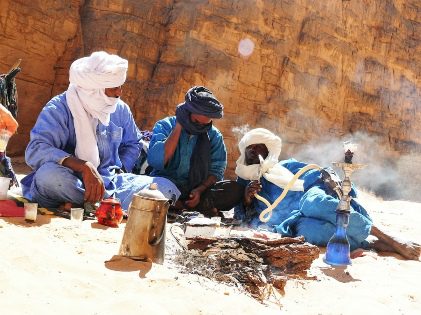 The conditions in the Sahara Desert are not suitable for living. But someone or the other has to adapt to the region. The Tuareg nomadic community has been fighting against harsh climatic conditions since the 4th century or 5th century AD. Two million Tuaregs live mainly in Mali, Niger, and Burkina Faso of the Saharan region.
The conditions in the Sahara Desert are not suitable for living. But someone or the other has to adapt to the region. The Tuareg nomadic community has been fighting against harsh climatic conditions since the 4th century or 5th century AD. Two million Tuaregs live mainly in Mali, Niger, and Burkina Faso of the Saharan region.
Women enjoy a high status in the Tuareg culture as it’s primarily a matrilineal clan. The fascinating fact about the Tuareg community is that the men you will see wearing a veil rather than the women, like in most communities. The Tuaregs are pretty good at astronomy. They can observe the night sky due to its clear views from the desert.
Nukak-Maku
Until 1981, the Nukak-Maku nomadic tribe used to lead a completely separate life from the outside world, living deep into the part of the Amazon rainforest in Colombia. As many lost their lives to diseases they contracted from the people who visited them from outside, only a thousand of them remain. Traditionally, hunter-gatherers have learned the tricks of the trade and have become experts with time. They use poison darts, blowguns, and javelins for hunting birds, monkeys, and creatures for food. They leave tapirs or deer alone as they believe that these animals are of human origin and not meant for hunting or consumption.
Qashqa’i
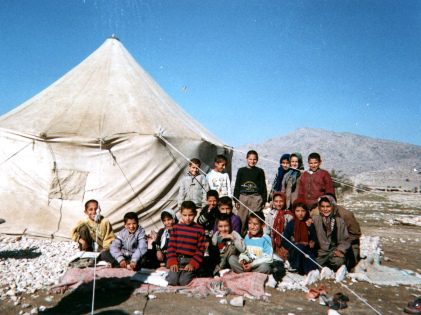 They are a pastoralist Turkic nomadic group who have made Iran their home. Aside from their native Qashqa’i, they can also speak the Persian language. You will notice many people from this tribe having a sedentary lifestyle. The origins of the Qashqa’i community trace back to the 11th or 12th century when they traveled across Central Asia.
They are a pastoralist Turkic nomadic group who have made Iran their home. Aside from their native Qashqa’i, they can also speak the Persian language. You will notice many people from this tribe having a sedentary lifestyle. The origins of the Qashqa’i community trace back to the 11th or 12th century when they traveled across Central Asia.
The Qashqa’i people are famous for their weaving and the Shiraz wool carpets. Their carpets have a softer texture and brighter colors than the other products you will find in other areas of Iran. In total, there are more or less around 1.5 million tribes within the community.
Sarakatsani
The Sarakatsani, a nomadic tribe of Greece, used to be fully nomadic once. However, most of the people from the tribe have opted to lead a different lifestyle. But they have still held onto the traditions that are integral parts of their culture.
In all probability, the Sarakatsani people descended from the Dorian Greeks, who once found themselves completely isolated in the mountainous regions and earned their livelihood as shepherds. Till the 4th century AD, they led a nomadic life. You will find a lot of connections between the Sarakatsani art, customs, and language and that of pre-classical Greece. Though researchers have tried to find their origins, no concrete evidence points to their origin.
Bedouin
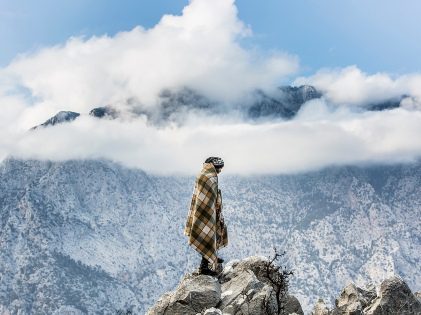
Bedouin in Arabic means desert dwellers, and perhaps that is where the tribe has derived its name from. With close to 21 million people, the Bedouins are among the largest nomadic groups. They have taken up goat and camel herding to support their livelihood. It’s a fact that the benefits of the modern world have allured several Bedouins from their traditional nomadic way of life.
It has been more than a millenium that the Bedouins have been living in the desert areas. They continue to move from one place to another in search of water. However, despite living in the urban areas, they leave no stone unturned in keeping their culture alive. The Arabic you would hear them speaking is among the purest forms of the language.
Living a nomadic life is not easy, especially if you are used to the modern life you are living right now. There are a lot of hardships attached. These tribes take everything within their stride and live each day as it comes.


